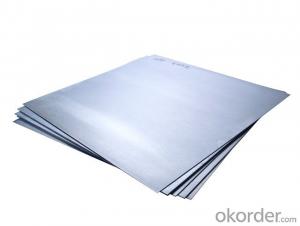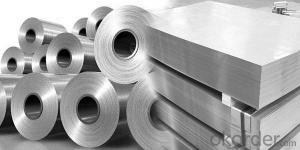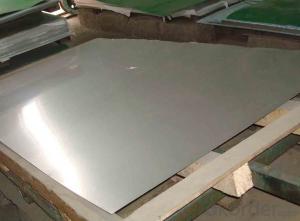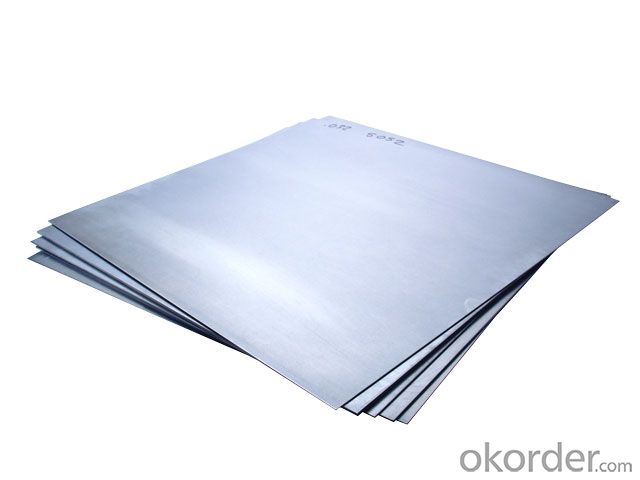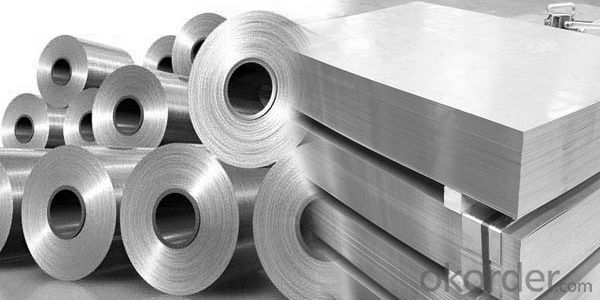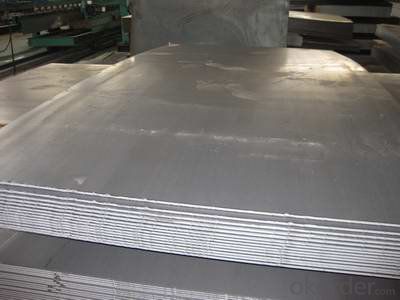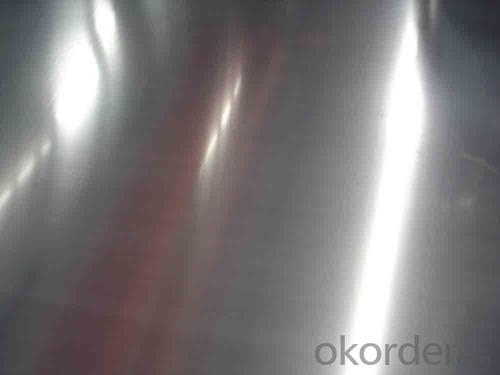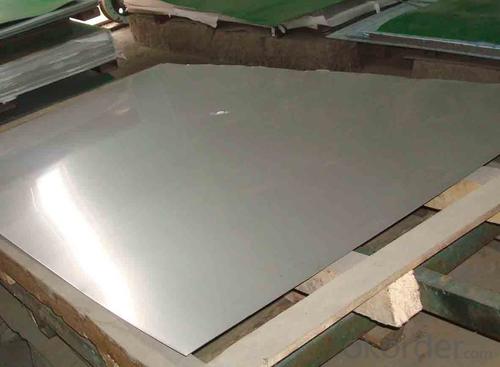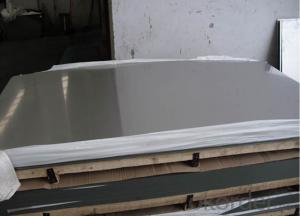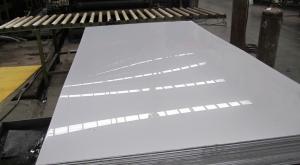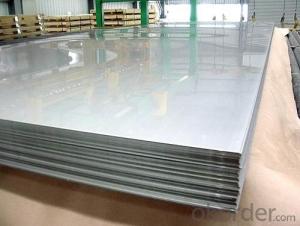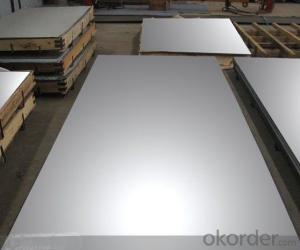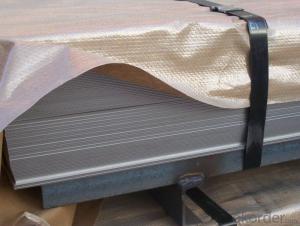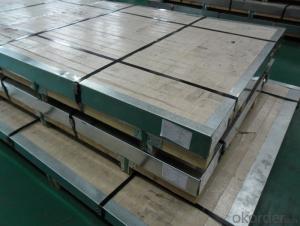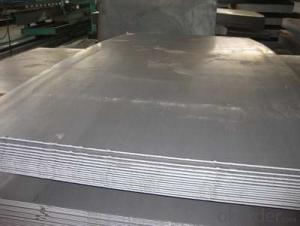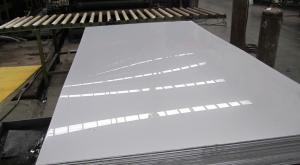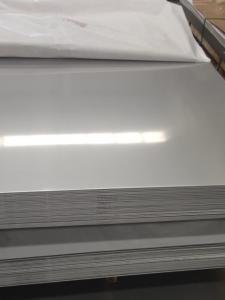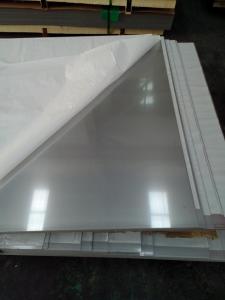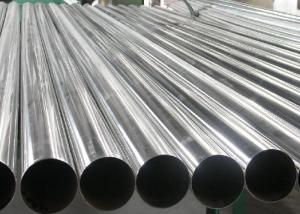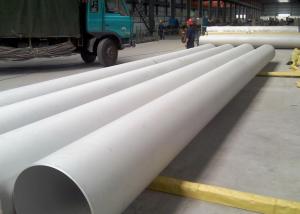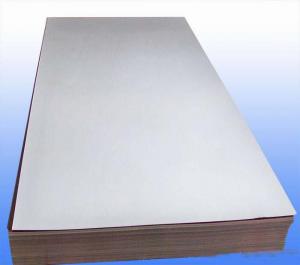Stainless Steel sheet 410 with No.4 Surface Treatment
- Loading Port:
- Shanghai
- Payment Terms:
- TT OR LC
- Min Order Qty:
- 500 m.t.
- Supply Capability:
- 5000000 m.t./month
OKorder Service Pledge
OKorder Financial Service
You Might Also Like
Hot sale stainless steel sheet 201/202/304/304l/310S/309S/316L/316Ti/316/316l/321,410/420/430/444/443/409L, and 904L.
Description of Stainless Steel Sheet:
Description | steel sheet,hot rolled steel sheet,cold rolled steel sheet, steel sheet,sheet,steel plate |
Standard | ASME, ASTM, EN ,BS,GB,DIN, JIS etc |
Application | Steel sheet applies to construction field, ships building industry, petroleum & chemical industries, war and electricity industries, food processing and medical industry, boiler heat exchanger, machinery and hardware fields. |
Packaging | Standard export sea-worthy packing |
Delivery time | 10-30 days |
Quality | No.1 |
Productivity | 500 tons/Day |
Note | Our company has cooperative relation between the domestic agents. Stainless steel sheet can be made accordingto the customers requirements. Fasten delivery. Quality assured. |
Contacts | If you have any question,please feel free contact me. |
Stainless steel sheet surface finish characteristics
Surface finish | Characteristics and application |
2B | The surface brightness and flatness of no2B is better than no2D. then through a special surface treatment to improve its mechanical properties,No2B could nearly satisfy comprehensive uses. |
No.1 | Polished with abrasive belt of grit#100-#200, have better brightness with discontinuous coarse stria, used as inner and external ornaments for building, electrical appliances and kitchen utensils etc. |
No.4 | Polished with abrasive belt of grit #150-#180,have better brightness with discontinuous coarse stria, but thinner than No3, are used as bathtub buildings inner and external ornaments electrical appliances kitchen utensils and food processing equipment etc. |
HL | Polished with abrasive belt of grit #150-#320 on the NO.4 finish and has continuous streaks, mainly used as buildings ornaments elevators, door of building, frontal plate etc. |
BA | Cold rolled, bright annealed and skin-passed, the product have excellent brightness and good reflexivity like mirror, kitchen apparatus, ornament etc. |
8K | The product have excellent brightness and prefer reflexivity can to be the mirror. |
Main Features of stainless steel sheet :
•Escalator, Elevator, Doors
•Furniture
•Production tools, Kitchen appliances, freezers, cold rooms
•Auto Parts
•Machinery and Packaging
•Equipment and Medical devices
•Transport system
Product Details:
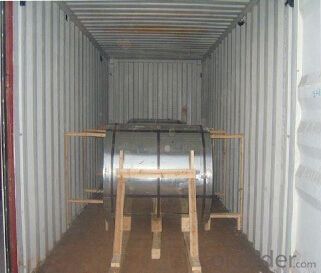
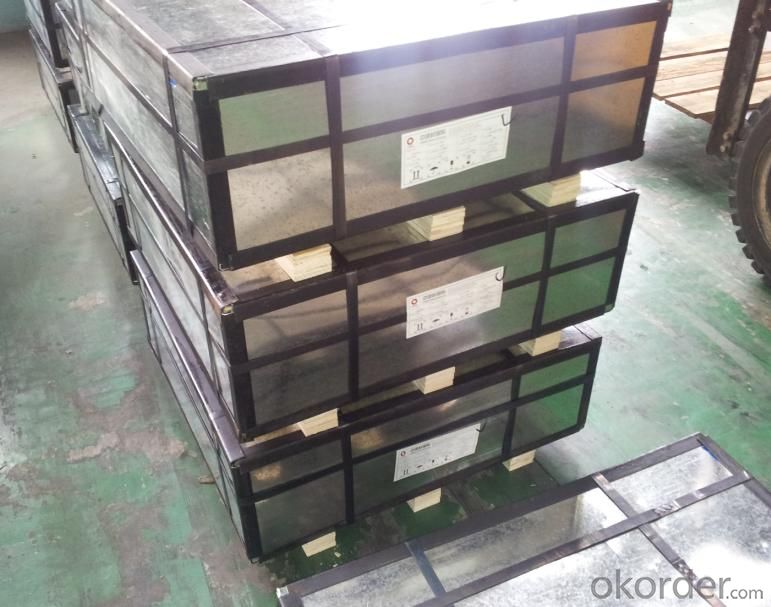
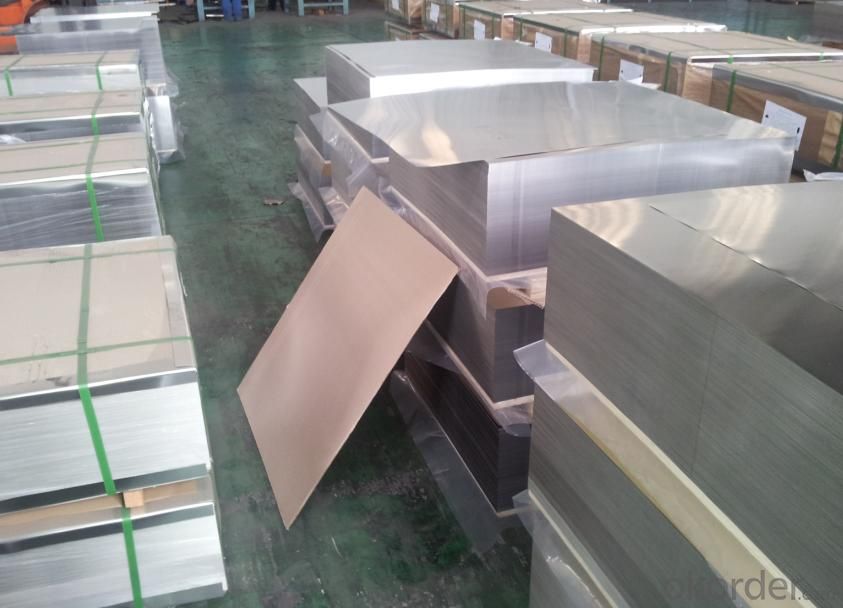
Sandard Seaworth Packing(wooden packing with water proof paper)
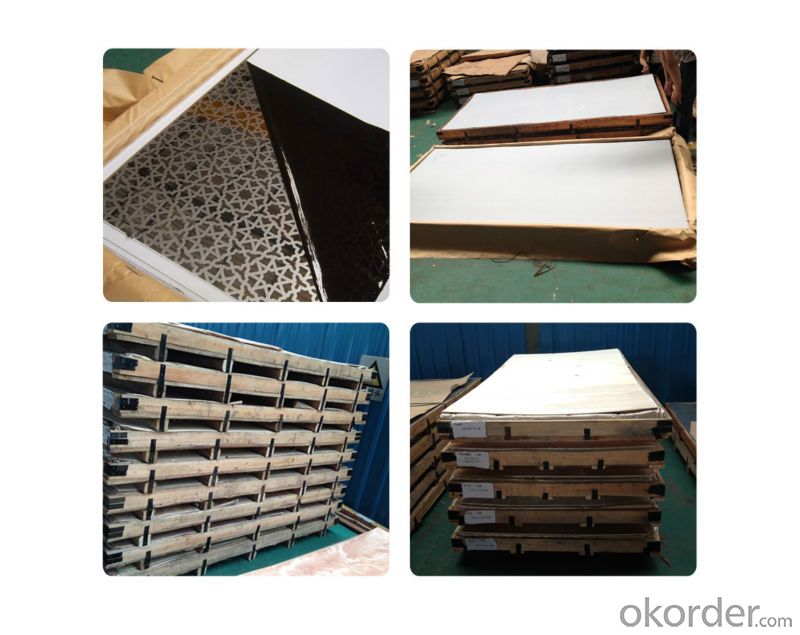
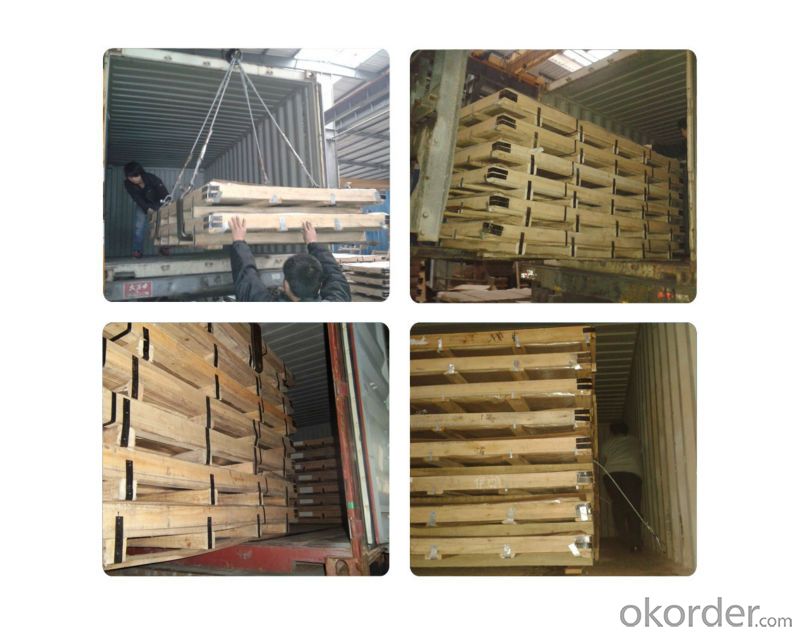
FAQ:
1. What's the quality?
very fine
2. How long get reply?
within 24 hours
If you have any question about stainless steel sheets,donot forget to sending the email to Us! You will get the competitive Price and have a very good experience about the Buying Process! CNBM International Corporation is always your trustful friend!
- Q: Are stainless steel sheets suitable for medical implants?
- Yes, stainless steel sheets are suitable for medical implants. Stainless steel is commonly used in medical implants due to its excellent corrosion resistance, mechanical strength, and biocompatibility. It can be easily sterilized, is durable, and has a long track record of successful use in various medical applications.
- Q: What are the different types of edges available for stainless steel sheets?
- There are several different types of edges available for stainless steel sheets, each with its own specific purpose and aesthetic appeal. Here are some of the common edge types: 1. Mill Edge: This is the standard edge finish produced by the mill, which is often considered the most cost-effective option. It has a relatively smooth, unfinished appearance. 2. Slit Edge: This edge is achieved by cutting the stainless steel sheet along its length, resulting in a straight edge with slight burrs. It is commonly used for thinner gauges of stainless steel. 3. Deburred Edge: This edge is created by removing any burrs or sharp edges from the slit edge, resulting in a smoother finish that is safer to handle. It is commonly used in applications where safety is a concern, such as food processing or medical equipment. 4. Rounded Edge: This edge is achieved by rounding off the sharp corners of the stainless steel sheet. It provides a more aesthetically pleasing look and also improves safety by eliminating sharp edges. 5. Beveled Edge: This edge is created by cutting a diagonal bevel along the edge of the stainless steel sheet. It is often used for decorative purposes and can add a touch of elegance to the finished product. 6. Rolled Edge: This edge is formed by rolling the stainless steel sheet under high pressure, resulting in a smooth, curved edge. It is commonly used in applications where a seamless look is desired, such as architectural projects or automotive components. Overall, the choice of edge type for stainless steel sheets depends on the specific requirements of the application, including functionality, safety, and aesthetics. It is important to consider these factors in order to select the most suitable edge type for the desired end use.
- Q: How do you form stainless steel sheets into different shapes?
- Different shapes can be achieved with stainless steel sheets by employing various processes, including bending, rolling, and welding. The choice of method depends on the desired shape and the thickness of the sheet. To form stainless steel sheets into shapes like cylinders or boxes, bending is commonly used. This involves clamping the sheet between a punch and a die and applying force to create the desired bend. By adjusting the pressure and the distance between the punch and die, the angle and radius of the bend can be controlled. Rolling is another technique used to form stainless steel sheets into curved or cylindrical shapes. This process entails passing the sheet through a series of rollers, which gradually bend the material into the desired shape. The diameter and curvature of the final shape can be altered by changing the spacing and alignment of the rollers. For more complex shapes, welding is often combined with bending or rolling. Multiple stainless steel sheets are joined together using heat and pressure to create the desired form. This enables the creation of intricate shapes, such as cones or irregular geometries. In addition to these methods, specialized equipment like hydraulic presses or hydroforming can be employed to shape stainless steel sheets. These techniques involve applying high pressure or fluid pressure to the sheet, resulting in deformation and the desired shape. It is crucial to note that forming stainless steel sheets necessitates skilled operators and precise machinery to ensure accuracy and quality. Moreover, the properties of the stainless steel, such as thickness and composition, can also impact the feasibility and success of the forming process.
- Q: Can stainless steel sheets be used in marine environments?
- Yes, stainless steel sheets can be used in marine environments. Stainless steel is highly resistant to corrosion, making it suitable for marine applications where it will be exposed to saltwater and high humidity. It is commonly used in marine vessels, offshore platforms, and other structures that require durability and resistance to rust and corrosion.
- Q: What is the maximum length available for stainless steel sheets?
- The maximum length available for stainless steel sheets can vary depending on the supplier and the specific grade of stainless steel. However, in general, stainless steel sheets are commonly available in lengths ranging from 96 inches (8 feet) to 240 inches (20 feet). Some suppliers may offer even longer lengths, such as 300 inches (25 feet), for specific applications or upon request. It is important to check with the supplier to determine the maximum length available for the specific stainless steel sheet you require.
- Q: Are stainless steel sheets suitable for food display cases?
- Yes, stainless steel sheets are suitable for food display cases. Stainless steel is widely used in the food industry due to its hygienic properties and durability. It is resistant to corrosion, staining, and bacterial growth, which makes it an ideal material for food display cases. Stainless steel is also easy to clean and maintain, ensuring a safe and clean food display environment. Additionally, stainless steel has a sleek and modern appearance that enhances the presentation of food items, making it a popular choice for food display cases in various establishments such as bakeries, delis, and supermarkets.
- Q: What are the different types of stainless steel sheets available?
- There are several different types of stainless steel sheets available, including austenitic, ferritic, martensitic, duplex, and precipitation-hardening stainless steel sheets. Each type has its own unique properties and characteristics, making them suitable for various applications in industries such as construction, automotive, and food processing.
- Q: What are the different shapes available for stainless steel sheets?
- There are several different shapes available for stainless steel sheets, depending on the specific requirements and applications. Some of the most common shapes include: 1. Rectangular sheets: These are the most commonly used shape for stainless steel sheets. They come in various standard sizes and can be easily cut to the desired dimensions. 2. Round sheets: Round stainless steel sheets are often used for decorative purposes or in applications where a seamless or curved surface is desired. They are available in different diameters and thicknesses. 3. Square sheets: Similar to rectangular sheets, square stainless steel sheets are used in a variety of applications. They provide a symmetrical and uniform appearance and can be easily cut to size. 4. Perforated sheets: These sheets have small holes punched through them in a regular pattern. They are commonly used in architectural and industrial applications where ventilation, filtration, or visibility is required. 5. Embossed sheets: Embossed stainless steel sheets have raised or recessed patterns on their surface, adding texture and visual interest. They are often used in interior design, furniture manufacturing, and automotive applications. 6. Expanded metal sheets: These sheets are made by cutting and stretching a solid sheet of stainless steel, creating a grid-like pattern with diamond-shaped openings. They are commonly used for security fencing, walkways, and industrial applications. 7. Checker plate sheets: Also known as tread plate or diamond plate, these sheets have a raised diamond pattern on the surface. They are commonly used for slip-resistant flooring, stair treads, and decorative accents. These are just a few examples of the different shapes available for stainless steel sheets. The choice of shape depends on the specific application, aesthetic preferences, and functional requirements of the project.
- Q: Can stainless steel sheets be used for architectural purposes?
- Yes, stainless steel sheets can be used for architectural purposes. This material is highly versatile and offers excellent durability, corrosion resistance, and aesthetic appeal, making it a popular choice for architectural applications such as facades, cladding, roofing, and decorative features. Stainless steel sheets can be shaped, formed, and finished to meet various design requirements, making them suitable for both functional and decorative architectural elements.
- Q: How do you prevent intergranular corrosion in stainless steel sheets?
- To prevent intergranular corrosion in stainless steel sheets, several methods can be employed. First, the selection of the appropriate stainless steel grade is essential. Grades with a low carbon content, such as 304L or 316L, are less susceptible to intergranular corrosion compared to higher carbon grades. This is due to their ability to minimize the formation of chromium carbide precipitates, which are the main cause of intergranular corrosion. Another method is heat treatment. Processes like solution annealing and quenching can help eliminate or reduce the formation of chromium carbide precipitates. By dissolving existing precipitates and promoting the formation of a protective chromium oxide layer on the surface, the corrosion resistance of the stainless steel is restored. Careful attention must also be given to welding techniques when working with stainless steel sheets. Processes like gas tungsten arc welding (GTAW) or laser welding, which provide precise control over heat input, are preferred. It is also advisable to use low carbon filler metals or consumables specifically designed for intergranular corrosion resistance to minimize the risk of corrosion. After welding, thorough cleaning of the welded area is crucial to remove any contaminants or oxide scales that could promote corrosion. Acid cleaning followed by passivation helps restore the protective oxide layer and enhances the stainless steel's resistance to intergranular corrosion. Lastly, it is important to avoid sensitization, which occurs when stainless steel is exposed to high temperatures for extended periods. Prolonged exposure to temperatures between 450-850°C (842-1562°F) during fabrication or service should be avoided to prevent sensitization and subsequent intergranular corrosion. By implementing these preventive measures, intergranular corrosion in stainless steel sheets can be effectively minimized, ensuring the longevity and performance of the material in various applications.
Send your message to us
Stainless Steel sheet 410 with No.4 Surface Treatment
- Loading Port:
- Shanghai
- Payment Terms:
- TT OR LC
- Min Order Qty:
- 500 m.t.
- Supply Capability:
- 5000000 m.t./month
OKorder Service Pledge
OKorder Financial Service
Similar products
Hot products
Hot Searches
Related keywords
